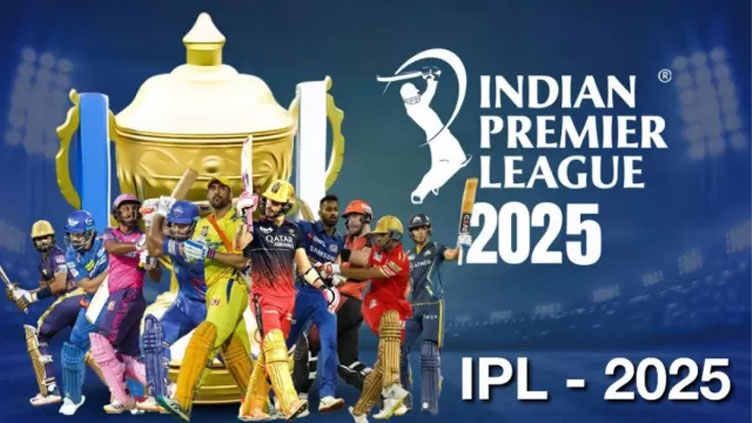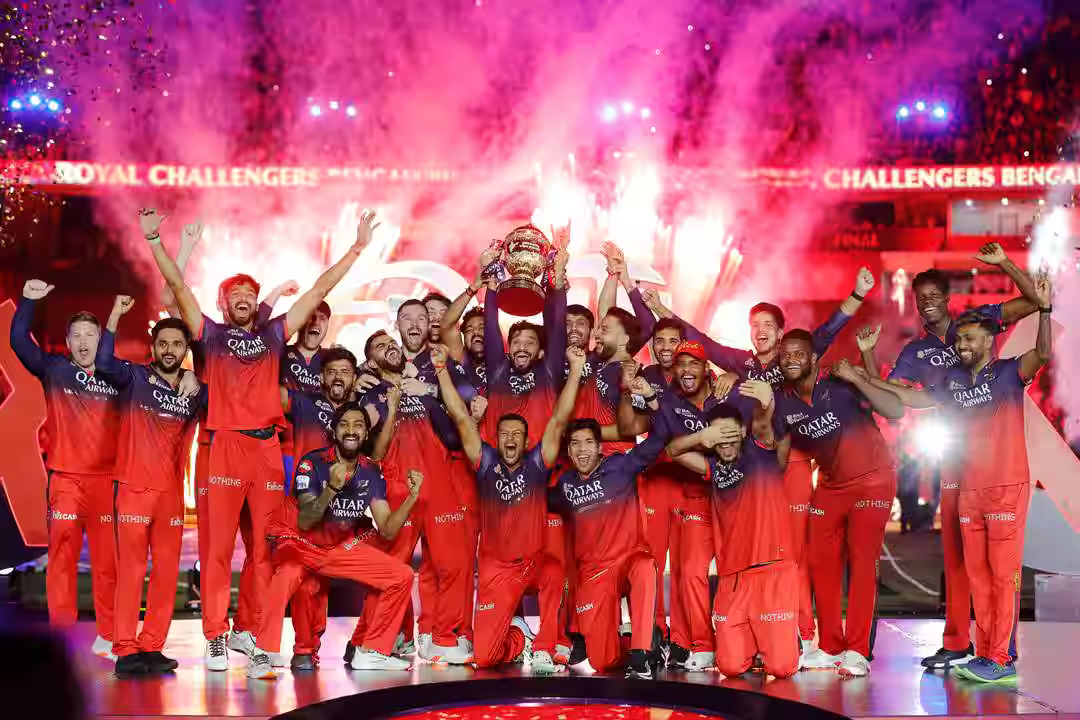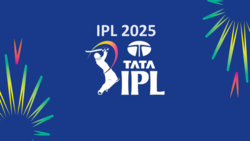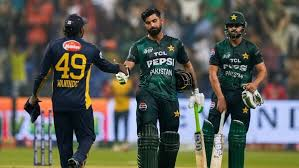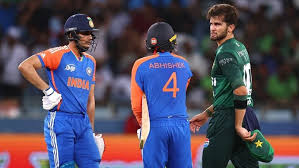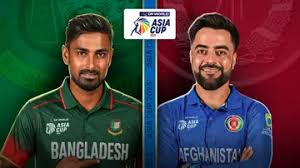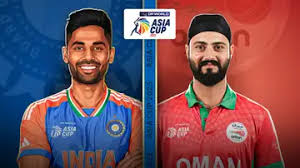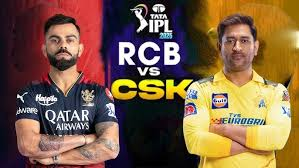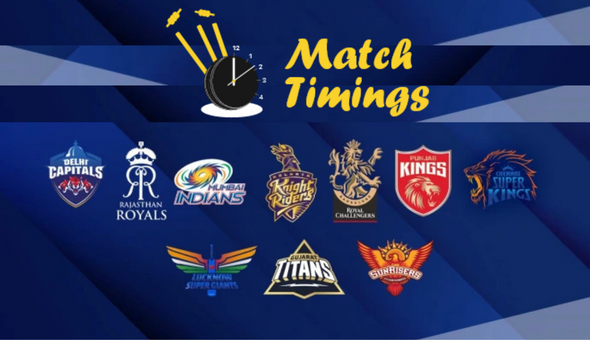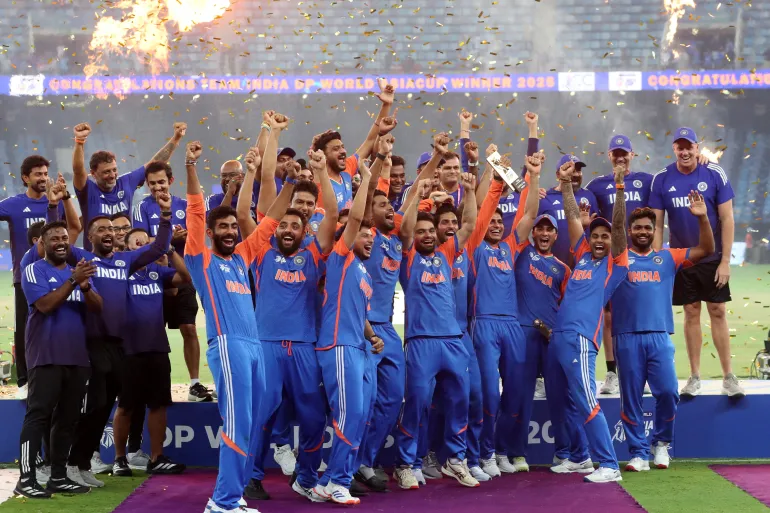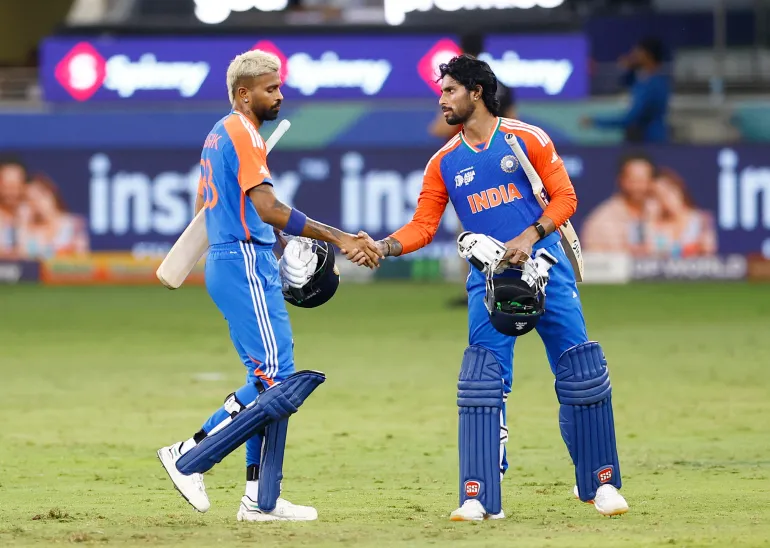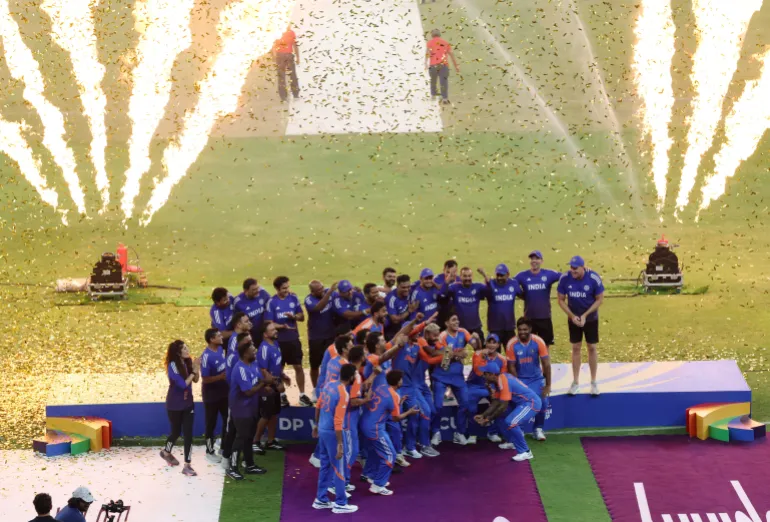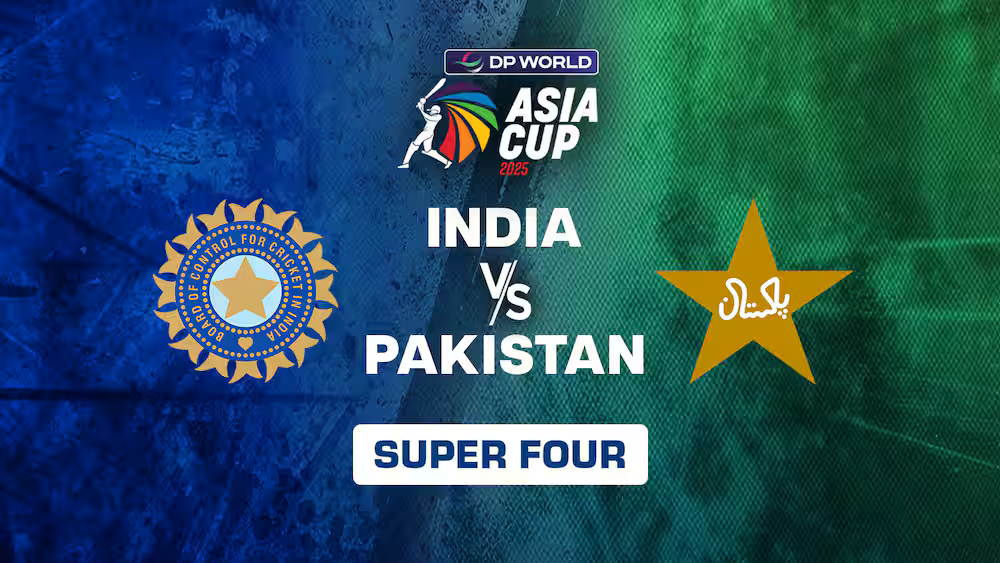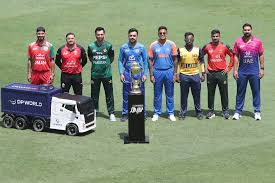List of Events
World Cup
The Cricket World Cup: A Grand Celebration of the Gentleman's Game
Cricket, often referred to as the "gentleman's game," has a rich history and a massive following around the world. One of the most prestigious events in the world of cricket is the Cricket World Cup. This tournament, held every four years, brings together cricketing nations from all corners of the globe to compete for the ultimate glory in the sport.
The Origins of the Cricket World Cup
The Cricket World Cup was first introduced in 1975, and since then, it has become one of the most anticipated events in the cricketing calendar. The idea behind the tournament was to showcase the best talent in international cricket and promote the sport on a global scale. The inaugural tournament was hosted by England and featured eight participating teams.
The Evolution of the Tournament
Over the years, the Cricket World Cup has evolved significantly. The format of the tournament has changed, with the number of participating teams varying in different editions. The tournament has expanded to accommodate more teams, making it more inclusive and providing opportunities for emerging cricketing nations to compete on the world stage.
Iconic Moments and Legendary Players
The Cricket World Cup has witnessed countless iconic moments that have etched themselves into the annals of cricket history. From Kapil Dev's stunning 175 not out against Zimbabwe in 1983 to Javed Miandad's last-ball six in 1986, these moments have become the stuff of legend.
The tournament has also been the stage for some of the greatest cricketers to display their skills. Names like Sir Vivian Richards, Sachin Tendulkar, Ricky Ponting, and Brian Lara are forever associated with their exceptional performances in the World Cup.
Cricket's Global Reach
One of the most significant achievements of the Cricket World Cup has been its role in expanding the global reach of the sport. While cricket has deep roots in countries like England, Australia, and India, the World Cup has introduced the game to new audiences. The tournament has helped cricket gain popularity in places like the Caribbean, Africa, and the Middle East, where it was once considered a niche sport.
Cricket World Cup: A Cultural Phenomenon
The Cricket World Cup is not just about cricket; it's a cultural phenomenon. It brings together people of different backgrounds, cultures, and languages to celebrate their love for the game. Fans from around the world paint their faces, don their team jerseys, and come together to support their favorite teams. It's a carnival of cricket, where the atmosphere in stadiums is electrifying, and the excitement is palpable.
Impact on the Cricketing Landscape
Winning the Cricket World Cup is the dream of every cricketer and every cricketing nation. It's an achievement that cements a team's place in cricketing history. The tournament has seen a shift in power dynamics in the cricketing world, with new teams emerging as serious contenders. For instance, teams like Sri Lanka and Pakistan have won the World Cup, proving that cricket is not limited to a few dominant nations.
The 21st Century Challenges
As we enter the 21st century, the Cricket World Cup faces new challenges. With the rise of T20 cricket and the emergence of domestic T20 leagues, the format and relevance of 50-over cricket have been questioned. However, the World Cup continues to thrive, adapting to changing times and evolving to maintain its status as the pinnacle of one-day international cricket.
Conclusion
The Cricket World Cup is not just a cricket tournament; it's a celebration of a sport that has a special place in the hearts of millions. It's a platform where heroes are made, dreams are realized, and nations unite in the spirit of competition. As cricket continues to evolve, the World Cup remains a testament to the enduring legacy of this beautiful game. So, every four years, when the world comes together to witness this spectacle, it's a reminder of the magic of cricket and its power to unite us all.


